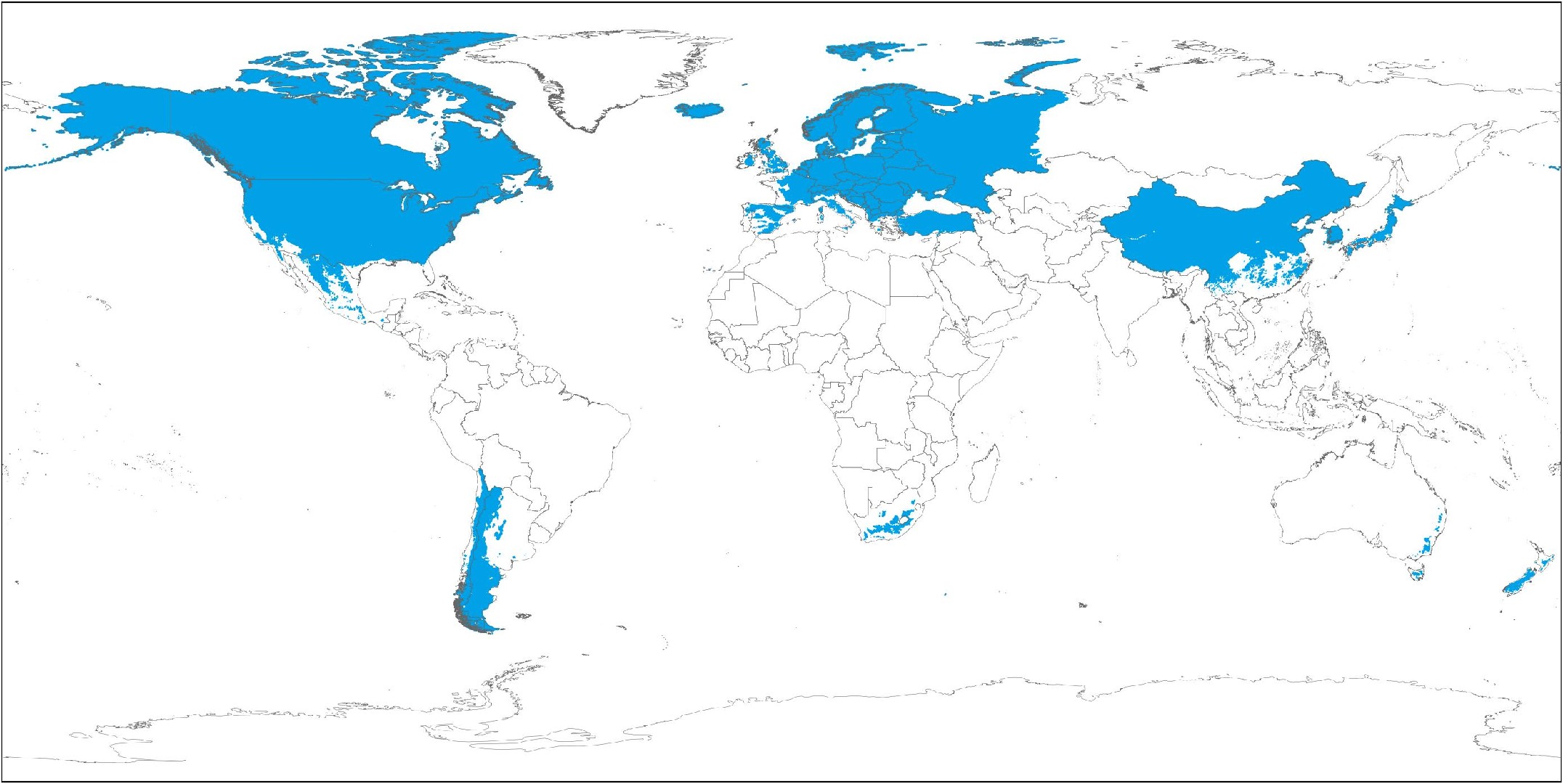What should I do if I water my Guinea grass too much or too little?
Without proper watering, this beautiful ornamental grass will underperform. In the ground, watering issues can be solved, but In a container, too much or too little water will kill Guinea grass in short order. When Guinea grass isn't receiving the right amount of water, it may stop growing. In the case of overwatering, it will begin to display yellow leaves with brown tips. Underwatering can produce drooping leaves, weak seed head production, and browned leaves. If you suspect your Guinea grass has been improperly watered, the first thing to do is figure out if the problem is too much or too little. If your Guinea grass is getting too much water, stop watering it immediately. Sometimes it can take weeks for heavy soils to dry out, so be patient. At the first sign of new growth, test the soil for moisture and decide whether it needs more water or not. The solution for Guinea grass receiving too little water is even simpler: give the grasses a nice, deep drink and see if it perks up. Bearing all of this in mind, remember that a long, deep watering is always better than a lot of shallow, frequent waterings. The reason for this is that deep watering encourages grasses to grow deep roots, which makes them more drought resistant and less prone to problems from watering.
![more]()
How often should I water my Guinea grass?
The watering needs of Guinea grass will vary depending on where it is planted. Generally, you should water this grass every week. In hot climates, once or twice a week watering in the summer may be necessary. In moderate climates, watering once every seven days or more may be enough. Grass in containers almost always need more frequent watering than grasses in the ground. But with a species such as this that can thrive in full sun or part shade, the location also matters. Shaded grasses need to be watered less frequently than in-ground grasses. Guinea grass should only be watered when the soil is dry. If you’re unsure when to water, there are a few key signs you can use as your cue. Pressing your finger a couple of inches into the soil will tell you if the soil is dry. For a potted grass, you can weigh the grass with a portable scale to see how light it is, but you can also quickly feel when the pot is light from lack of water. Like many types of grass, the blades may appear folded along their centers and thinner than usual when the roots lack sufficient water. Despite its drought tolerance, regular, deep waterings will reward you with a beautiful color. In the wild, Guinea grass grows in open scrubland, where it would be subject to extreme heat, loads of bright sun, and intermittent rain. Because this grass is drought resistant, you might expect never to need to water it. But don’t let its hardiness fool you, Guinea grass still needs care and attention. Even though this hardy grass can handle harsh, dry conditions, gardeners agree that it thrives best with consistent water. When first planted, Guinea grass will need more frequent water until it has established deep roots. For Guinea grass in pots, the soil will dry out quickly, especially if the pot is in hot, direct sun for a large part of the day. Test the soil every 3 to 4 days and water only when it feels dry. Guinea grassed in the ground generally needs less watering, but that depends on the soil it is grown in. Heavy clay soil holds water for a long time and may feel dry at the surface while still retaining plenty of moisture below the ground. Sandy soils that drain quickly will need to be watered more often.
![more]()
What should I be careful with when I water my Guinea grass in different seasons, climates, or during different growing?
You can often tell if you are watering enough by the rate of growth of your grasses. Guinea grass during the hottest months of the year and has been known to double in size in a year’s time. If the weather is hot and the grass is not growing vigorously, you may need to adjust your watering schedule. In winter, you might be able to get away with watering only once a month, but you will still want to touch the soil to test for moisture. During a growth cycle (in the warmest months), the grass will need more water than usual. But during winter and cooler months, the need for water will be dramatically reduced. The most important thing to remember about Guinea grass is that the soil it is planted in should always be allowed to dry out completely before adding water.
![more]()
Do I need to prune my Guinea grass?
Pruning your Guinea grass is a fairly simple process that helps encourage the growth of a naturally healthy plant. To keep your Guinea grass in good health year after year, you can choose to either strategically prune it or cut it back each season. Depending on your preferences and where the Guinea grass is grown will determine if and when you should prune it. Pruning this plant is not an essential task, but it will enhance its appearance. Whether to prune or cut back depends on the way you want your plant to grow and the look you’re trying to achieve in your garden. Some gardeners favor the cutting back method, as it leaves more room for entirely new growth. However, it is possible to selectively and strategically prune Guinea grass while still encouraging full healthy growth in spring.
![more]()
How can I prune my Guinea grass?
Pruning your Guinea grass is a fairly simple process. First, you will need a reliable set of hand pruners or hedge trimmers. You may use a clean pair of sharp scissors if you don’t have pruners or garden shears on hand. It’s important to always clean your gardening tools before and after using them to prevent the possibility of spreading disease or infection to other plants. Plants can be cut down to the ground in late Winter to make room for new growth the following season. This method is called cutting back. To do this, simply cut all parts of the plant down until it is only a few inches tall. Lush, new, green foliage will appear in Spring. If you choose to cut down rather than prune, you may need to take measures to protect your plant from late-winter cold fronts that could leave your fresh-cut plant ends susceptible to damage. Alternatively, you can wait for the frost to pass and cut off the dried parts so that the dried parts can act as a warmth retainer. Dying, damaged, yellow or declining foliage should be removed as it appears. These parts of Guinea grass cannot be restored and pruning can increases the ventilation inside the plant and facilitates its growth. Any pruning that is done to this plant should be cut straight across the blades or stems. No angled cuts are required. This operation can be carried out at any time when the plants are growing.
![more]()
What should I do after pruning my Guinea grass?
Once you’ve pruned your plant, you should dispose of the stems and leaves either by composting the healthy ones or throwing out the diseased parts. You can also fertilize just before or after pruning, which gives Guinea grass a little vitamin boost that can provide it the nutrients needed to better protect itself from any nearby pathogens or diseases. Do not water the plants immediately after pruning as this can lead to fungal infestation of the plants through the wounds. You don’t need much after care when you’re done pruning. It might benefit from light watering and some liquid plant food to encourage new growth.
![more]()
How can I prune my Guinea grass during different seasons?
Early spring and late winter are the best times to prune plants on a large scale, and if you want to control the size of your Guinea grass you can prune them as you wish. If you want Guinea grass to regrow, cut the leaves back to about 1-2 inches from the ground. Yellow and diseased leaves may appear during the summer months when the plant is in full bloom . These types of leaves need to be pruned back immediately as they cannot be restored.
![more]()
When should I prune my Guinea grass through different stages of growth?
Strategic pruning is usually done at different times of the year or during certain stages of growth depending on the plant. However, knowing when to prune your Guinea grass depends on where you live and how established your plant is. For example, if your Guinea grass is a new resident in your garden, it’s a good idea to wait until the following Winter to start pruning. On the other hand, if your plant is already established, you will want to prune the dead foliage before new leafy growth appears in Spring. Doing so allows the dried out parts to keep the underground parts warm in winter and acts as a protection for the plant. It’s important to note that if Guinea grass is pruned too late in the season, it can leave new growth at risk for damage or disease. Since this can affect the long-term health and appearance of your plant, it’s important to keep this in mind when deciding when and how to prune. As your Guinea grass grows larger over time, you can either cut it back entirely to control its size or trim it as needed after annual pruning.
![more]()
Are there any tips for pruning my Guinea grass?
The best tip when it comes to pruning Guinea grass is to rather leave them be. If you do not need to prune this plant, do not. Guinea grass can grow exceptionally well with minimal to no pruning. Pruning is only ideal if you wish to cut the plant back entirely before new growth begins. Or if you wish to tidy the plant up as they do tend to self-seed readily and can get out of hand.
![more]()
How many hours of sunlight does Guinea grass need to grow?
Guinea grass typically needs at least six to eight hours of direct sunlight every day. If you are growing your plant outdoors, make sure to choose a spot that receives full sunlight throughout the day. If you are growing your Guinea grass indoors, try to place it near a south-facing window or another location that receives plenty of sunlight. While Guinea grass needs full sunlight to grow and thrive, it’s essential to avoid exposing them to direct sunlight during high temperatures, such as over 35°C(95℉) or during hot summer afternoons. If the sunlight is too intense, it can cause the leaves to become scorched or wilted. To avoid this, you can consider using sheer curtains or blinds to filter the sunlight or moving the plant to a shadier spot.
![more]()
What will happen if Guinea grass doesn’t get enough sunlight?
If your Guinea grass doesn't receive enough sunlight, it may struggle to grow and may become weak and leggy. The leaves may also start to turn yellow, indicating that the plant is not getting enough sunlight to produce chlorophyll. In extreme cases, the plant may even die.
![more]()
What will happen if Guinea grass gets too much sunlight?
While Guinea grass needs full sunlight, it’s crucial to avoid exposing it to too much direct sunlight. If the plant is exposed to intense sunlight for an extended period, it can start to show signs of sunburn, such as brown or scorched leaves. To avoid this, make sure to monitor the plant and move it to a shadier spot if necessary.
![more]()
What is the optimal temperature for Guinea grass?
For this tropical plant to thrive, you’ll want to keep them between 75℉ and 90℉ (25-32℃). Each species can handle temperatures outside of this range, but keeping it within several degrees of these limits will ensure they grow to their maximum potential. As for its extreme temperature limits, any environment below 50℉ (10℃) or above 95℉ (35℃) will begin to hinder its growth and cause various aberrations to its leaves and stems. This is especially true with low temperatures; even a light frost can cause your tropical plants to perish. Cellular death can begin to happen at a rapid pace, with some species dying in as little as 12 to 24 hours.
![more]()
Does Guinea grass require different temperatures for different growing phases?
While Guinea grass doesn’t require any changes in temperature to enter different growing phases, it is important to stay consistent. Wild temperature fluctuations can slow down its growth regardless of its current phase, so it's always better to keep them in a controlled environment. That optimal temperature range of 75℉ and 90℉ (25-32℃) is vital to maintain, especially staying above the lower limit. Going above 90℉(32℃) isn’t ideal, but as tropical plant it won’t suffer too much. On the other hand, going below 50℉ (10℃) (and especially 40℉/5℃) will begin to directly damage this heat-loving plant species.
![more]()
Does Guinea grass need different temperatures for different seasons?
Guinea grass does not need different temperatures for different growing seasons. The most important step in seasonal care is to keep the environment within the optimal temperature range. That's why it's always best to keep this plant indoors. That way, you can control the temperature no matter what the climate is like outside. Light is also important for tropical species, with all of these plants preferring a partial side level of sun exposure. This means any light they receive needs to be dappled or filtered, with bright but indirect light being the best option when growing your plants indoors. Too much direct sunlight can negatively affect your plant’s leaves, reducing its growth potential.
![more]()
What are the temperature guidelines to keep your Guinea grass healthy?
Tip #1: Don’t Leave Your Plant Near Windows in Colder Months If you want to make sure your plant isn’t exposed to colder temperatures, you may want to keep them away from windows. In colder months like late fall and winter, even the smallest draft can leak cold air into your home through cracks in your windows. While this air usually dissipates and warms up as it travels throughout your home, any plants placed in close proximity to the window will be affected. Move your tropical plants into an area where they will still get bright but indirect light, while making sure they won’t be affected by potential drafts. Tip #2: If You Find Dry Patches, Your Plant May Be Getting Too Much Sunlight or Heat You may notice the leaves become white or even scorched on a sunny day. These discolorations and unusual markings usually indicate that a plant is getting too much heat or sunlight, and it may be dehydrated. Excess light and heat will dry out the soil, stopping plants from getting the moisture they need to support their cellular structure. It also slows down or stops the process of photosynthesis, further hindering growth. If ignored for too long, these dry spots can spread and eventually result in the death of your plants. Tip #3: Avoid Frost at All Costs Colder temperatures and frost can damage your plants by causing ice crystals or disrupt normal physiological activity. This makes it nearly impossible for water to move freely throughout plant tissue, creating a deficit of moisture in their stems and leaves. You can tell a plant has been damaged by frost if it begins to suffer from hydrosis (it will appear as though it's soaked with water.) If the problem persists, your plants may begin shriveling and turning a dark brown or black hue. After that, the plant will almost certainly die.
![more]()
What is the best way to maintain the right temperature for my Guinea grass?
The best way to maintain the right temperature range for Guinea grass is by keeping an eye on both the climate and humidity. You’ll want to try to keep each species in a room where you have access to climate control, keeping the heat in the temperature range best mimics its natural habitat. The humidity levels will also have a direct effect on temperature, so it's important to monitor these as well. You can artificially raise the humidity of your growing space by using a humidifier or lightly misting the leaves with water. If you intend to grow this species outside, you may find it difficult to maintain the right balance of temperature and humidity. If temperatures begin to drop or the air becomes too dry, your best option is to find room within your home and move your plant inside. An indoor growing space will allow you to control the climate more closely, helping your plant reach its full potential.
![more]()
Why do I need to fertilize my Guinea grass?
Why you need to fertilize Guinea grass is pretty simple. Your plant needs the extra nutrients to produce healthy new growth. The additional nutrients also support the health of old growth and can help your plant fight off diseases and pests.
![more]()
When is the best time to fertilize my Guinea grass?
Knowing when to fertilize Guinea grass is key for its survival in the garden. It’s not a heavy feeder and doesn’t require additional nutrients when it is dying back. While you can apply diluted fertilizer at the start of the growing season, it’s not recommended. Instead, put down some mulch or compost around the base of the plant.
![more]()
When should I avoid fertilizing my Guinea grass?
Since you are not using packaged fertilizers, you don’t have to worry about when to stop feeding Guinea grass. A layer of compost or mulch in the spring will be more than enough to keep Guinea grass happy throughout the year. Don’t worry about mulching or composting in the winter when the plant is dormant.
![more]()
What type of fertilizer does my Guinea grass need?
You don’t need to rush out to the garden center to purchase a bag of fertilizer. Guinea grass doesn’t need the extra nutrients. Instead, you can put down a layer of compost in the spring. It will supply the plant with the necessary nutrients. If you mulch your garden yearly, the bark will also keep your plant fed and happy.
![more]()
How do I fertilize my Guinea grass?
Whether you are using mulch or compost, the steps are the same for Guinea grass. Put down a layer of the material, making sure it covers the plant’s base. You may want to use both mediums, but if you do, reduce the amount of compost. Adding a layer of mulch can serve two purposes. It helps the soil retain moisture while also feeding your plant.
![more]()
What happens if I fertilize my Guinea grass too much?
If you avoid using liquid or granulated plant food, you shouldn’t worry about over-fertilizing Guinea grass. If you are amending the soil with fertilizing, watch out for root burn. Too much nitrogen, and other nutrients in the soil, can burn sensitive roots causing the plant to start dying back.
![more]()
![icon]()
Get tips and tricks for your plants.
Keep your plants happy and healthy with our guide to watering, lighting, feeding and more.
Download the App for Free








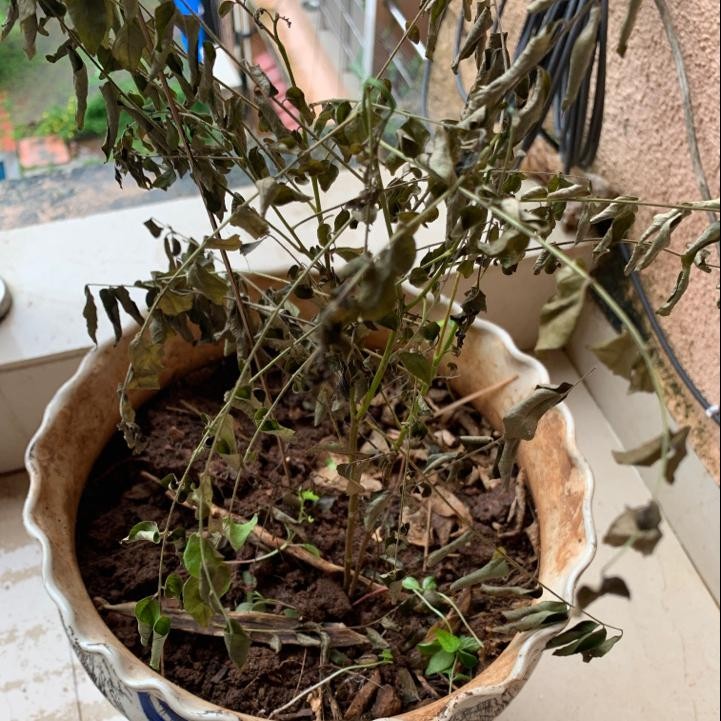
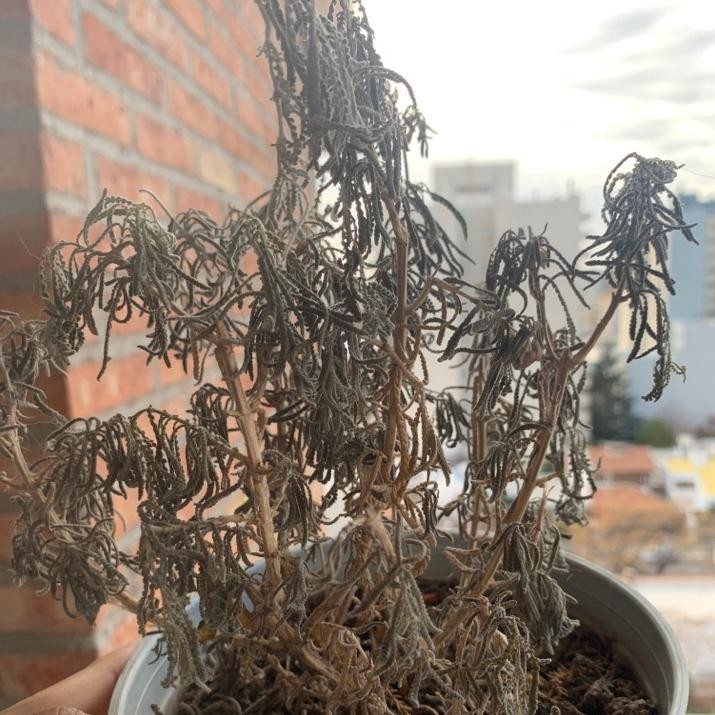
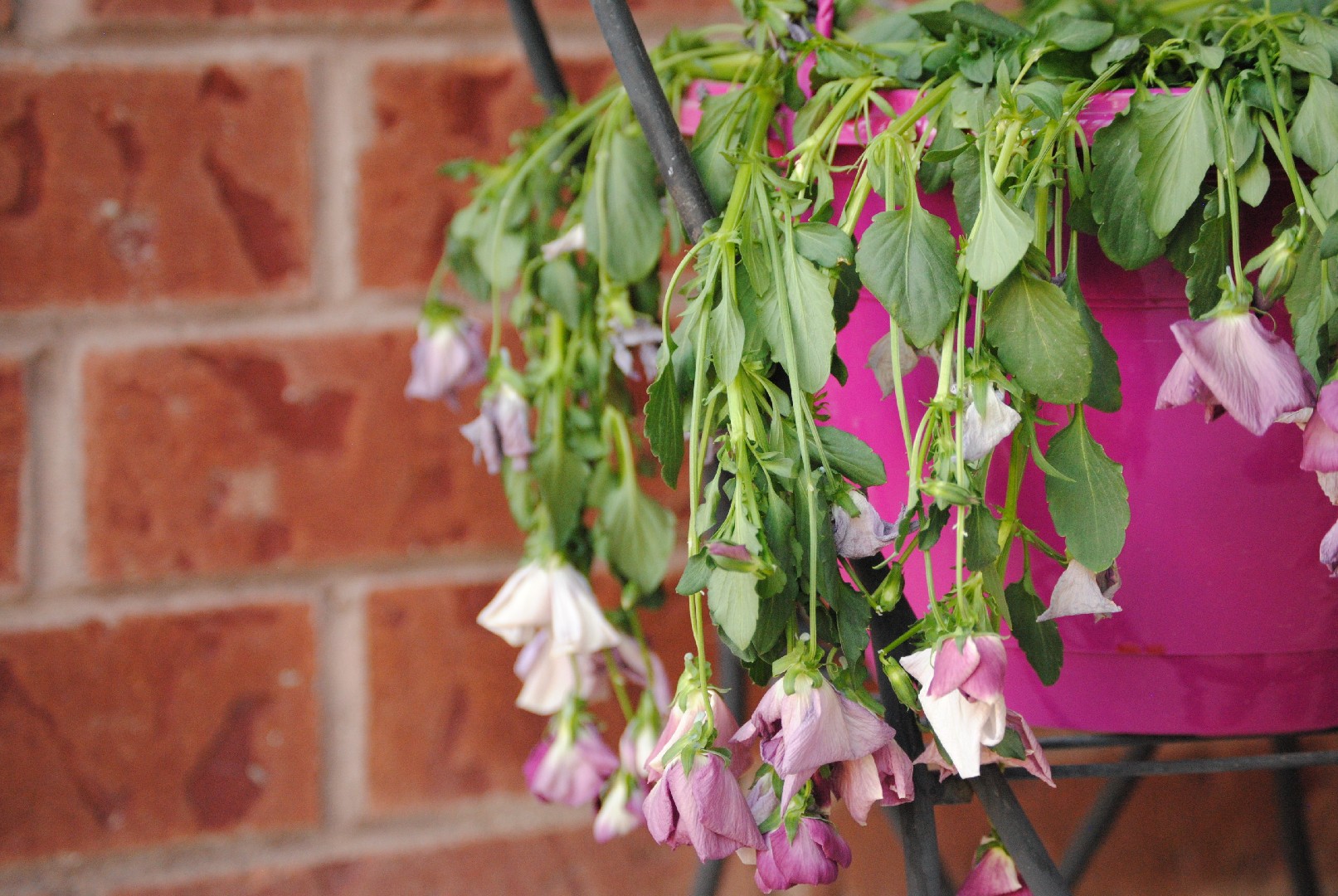
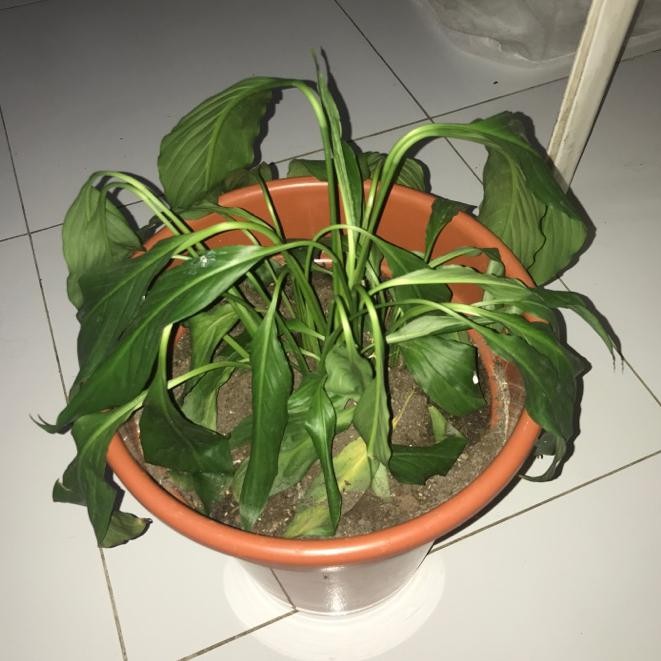
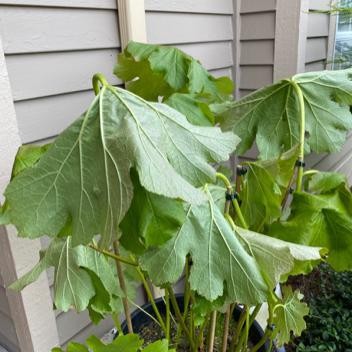



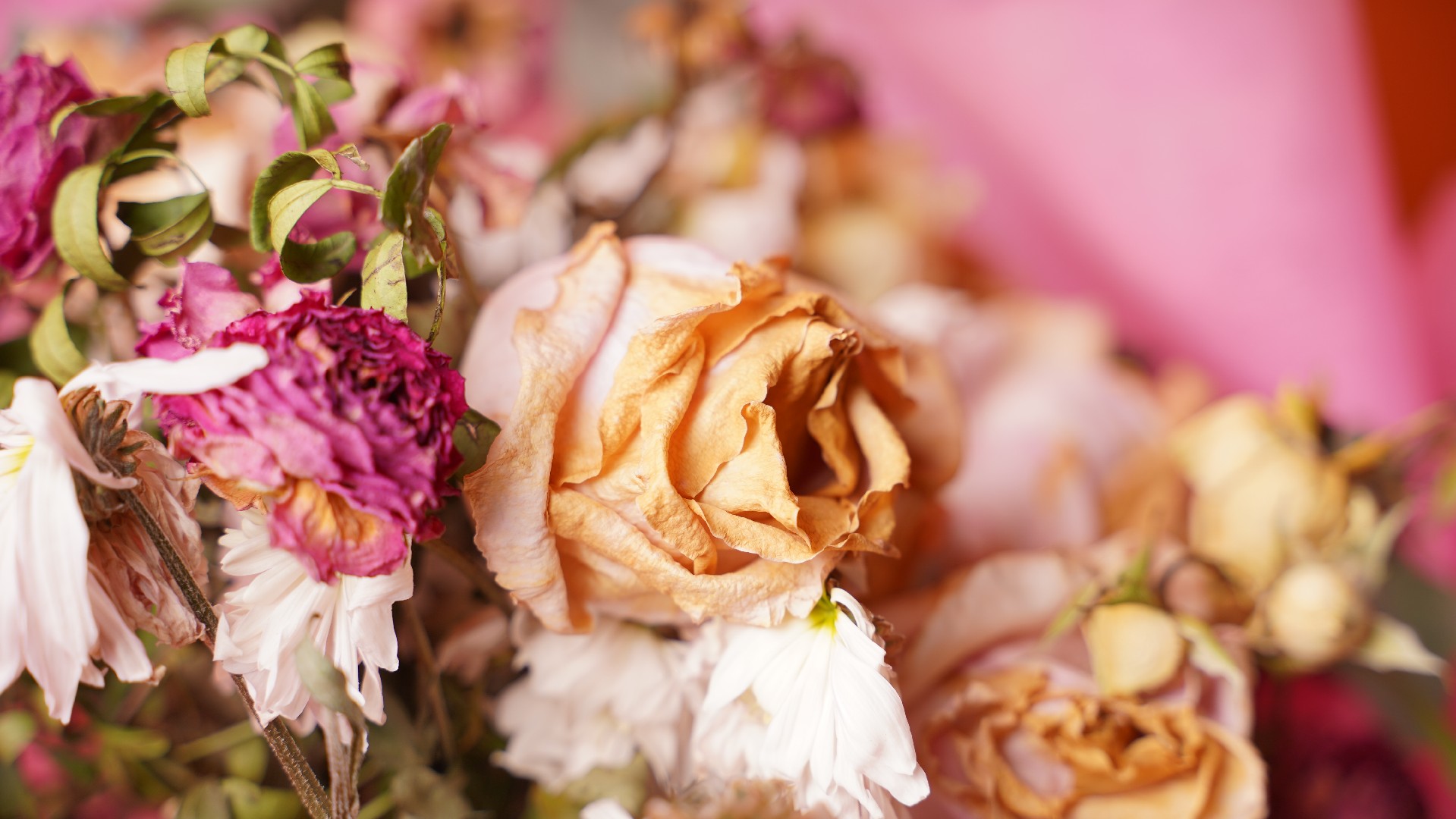
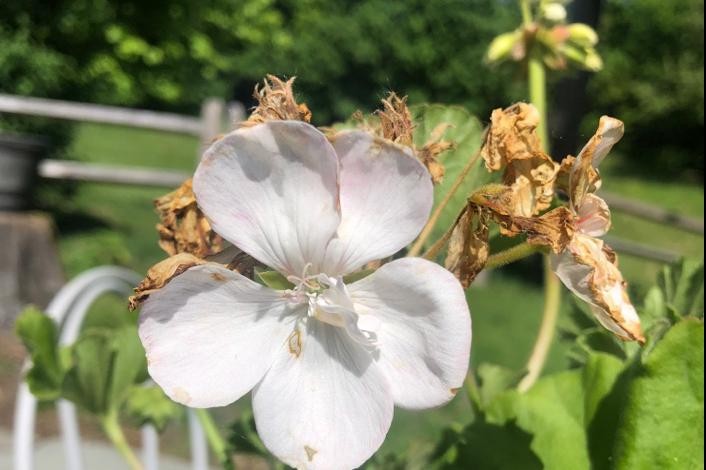
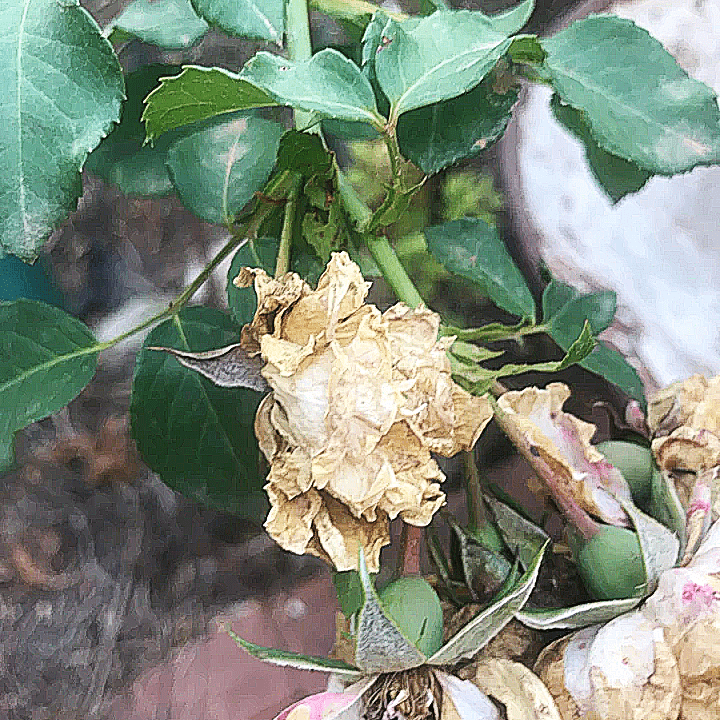








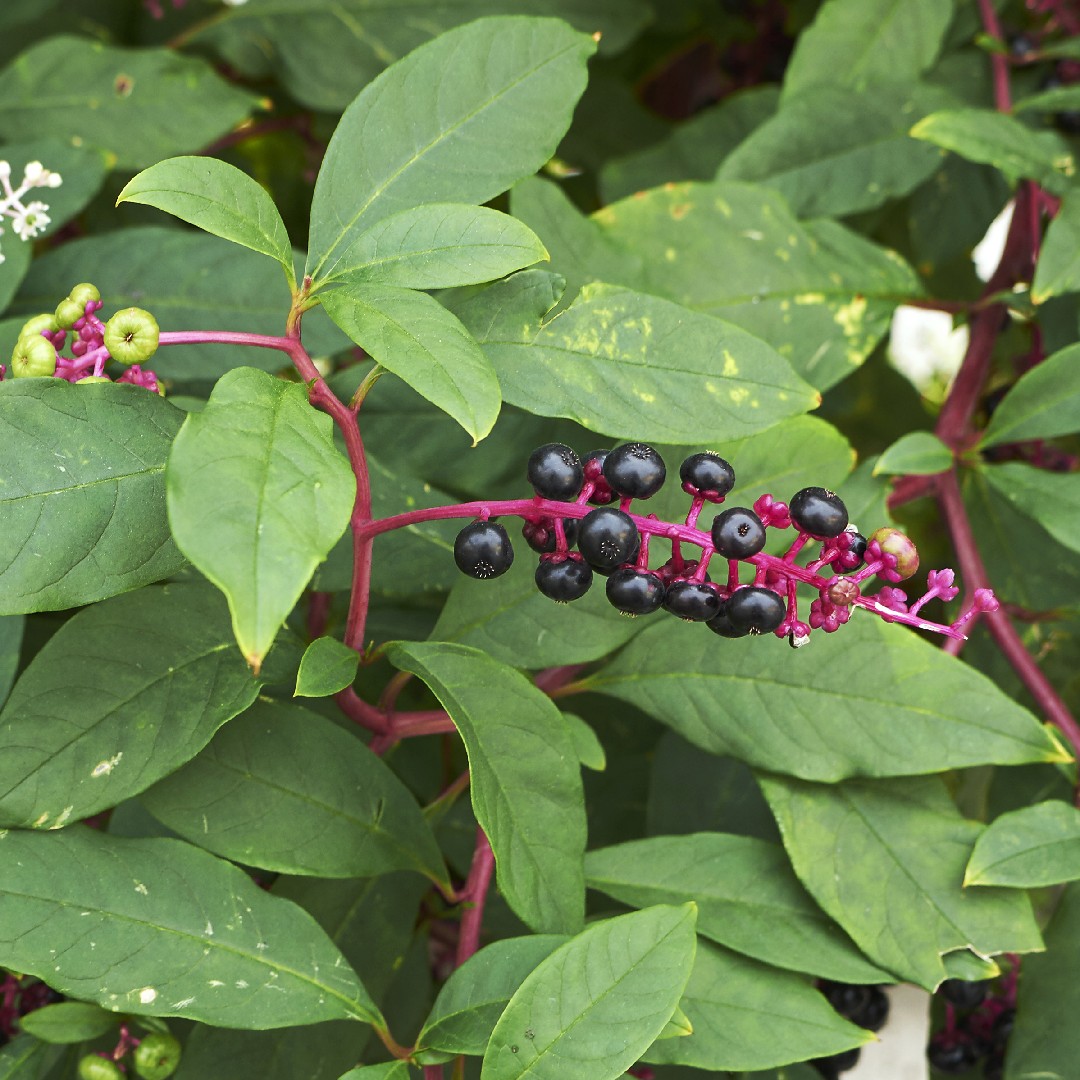







 Watch how sunlight gracefully moves through your garden, and choose spots that provide the perfect balance of light and shade for your plants, ensuring their happiness.
Watch how sunlight gracefully moves through your garden, and choose spots that provide the perfect balance of light and shade for your plants, ensuring their happiness. 








